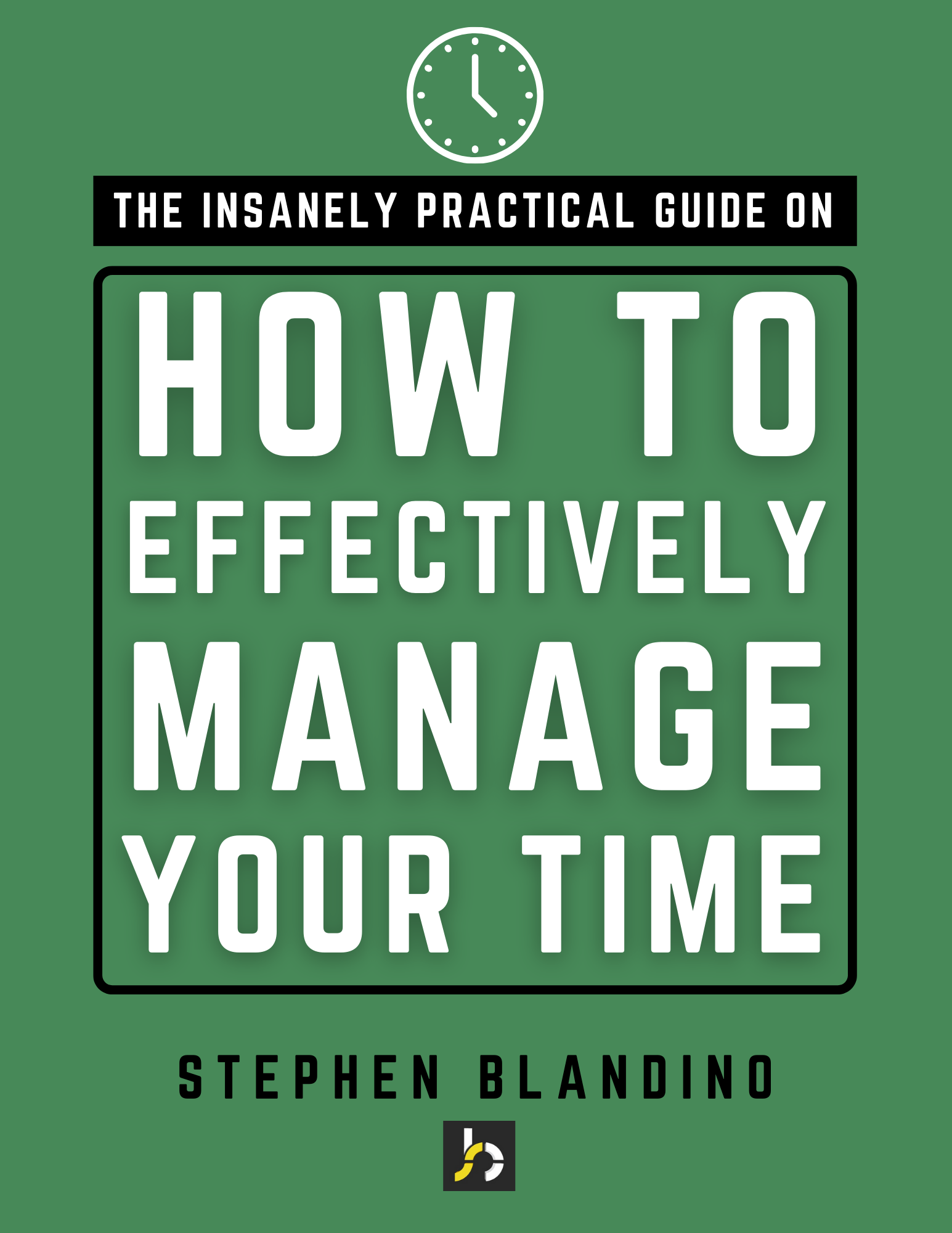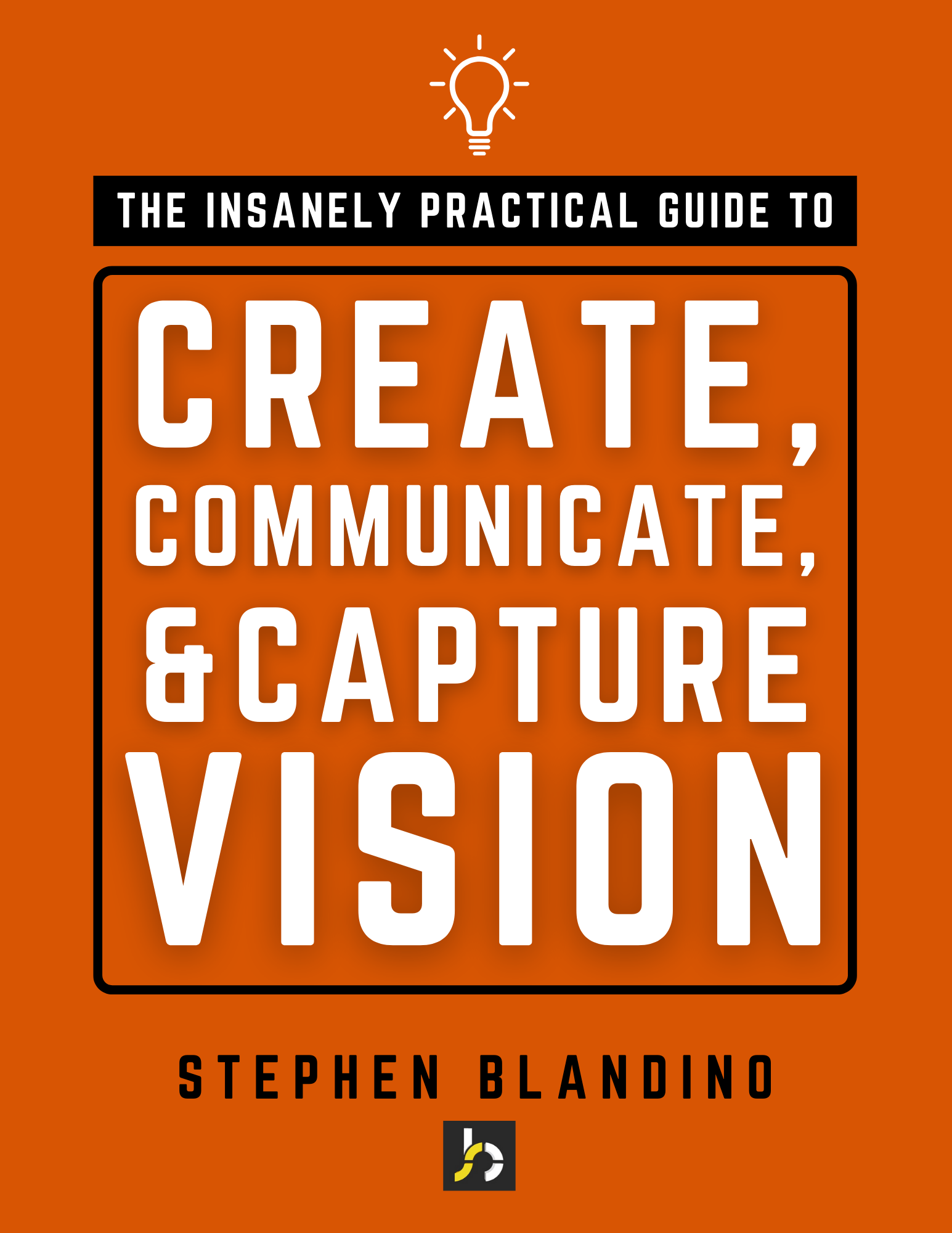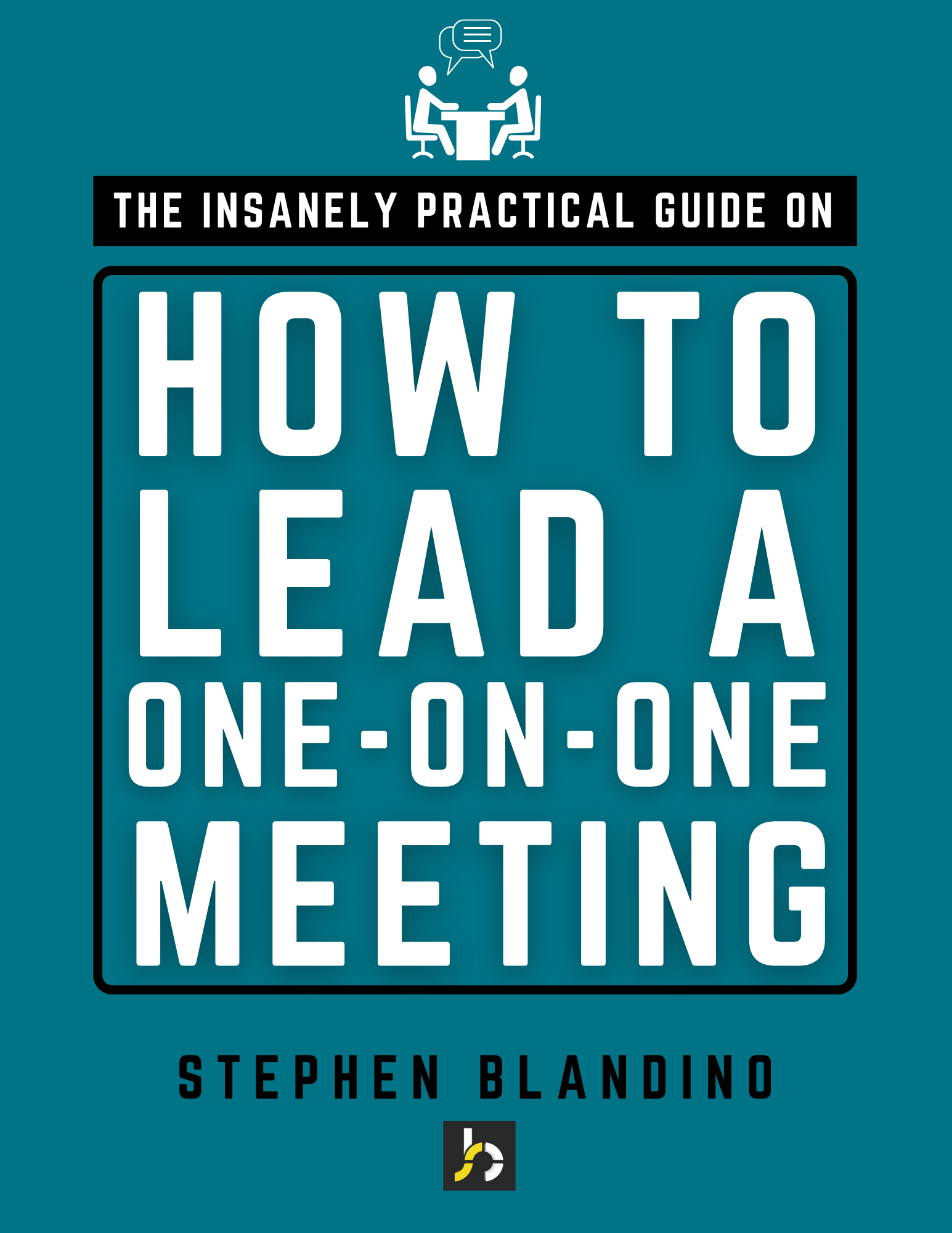Evaluation is an important, yet often neglected, part of organizational life. When an infatuation with strategy blinds a leader’s ability to evaluate outcomes, the organization drifts to the edge of irrelevance. British prime minister, Winston Churchill once said, “However beautiful the strategy, you should occasionally look at the results.” For leaders who thrive on activity, the time it takes to evaluate existing programs, products, systems, and strategies can feel like an emotional beating. But without evaluation, how well can you steward the time, resources, and mission God has entrusted to you? It’s during the evaluation gaps that our organizational results are less than stellar.
What type of evaluations should you conduct to move beyond beautiful strategies? I would encourage you to practice three organizational evaluations.
1. Mission Evaluations – If your mission defines the reason your church or company exists, it would be missional suicide to never evaluate your progress. When mission fulfillment isn’t evaluated, the mission begins to creep toward muddied complexity. The company’s abundance of activity dilutes the potency of its mission. Mission evaluations serve as a tool to drive constant organizational focus. What measurable progress has been made in the fulfillment of your mission?
2. Program Evaluations Based on Original Intent – Why we create programs and why we continue programs are often not the same. Consequently, organizations find themselves misaligned. If the original intent for the program is no longer being fulfilled by the program, why does the program still exist? Are your programs accomplishing the purpose for which they were created in the first place? What evidence would support your answer? How effectively and efficiently is the purpose being achieved? When programs depart their original intent, the organization’s purpose becomes the protection of its programs rather than the fulfillment of its mission.
3. Systematic Staff Evaluations – Staff should be evaluated on a systematic basis. In other words, staff reviews should be built into the organizational calendar as a normal expectation for all team members. We conduct quarterly reviews with our staff to measure personal growth, organizational goal performance, and to measure key leadership competencies. In addition, we conduct annual reviews to evaluate overall performance, job satisfaction, work environment, and to conduct 360 degree evaluations.








